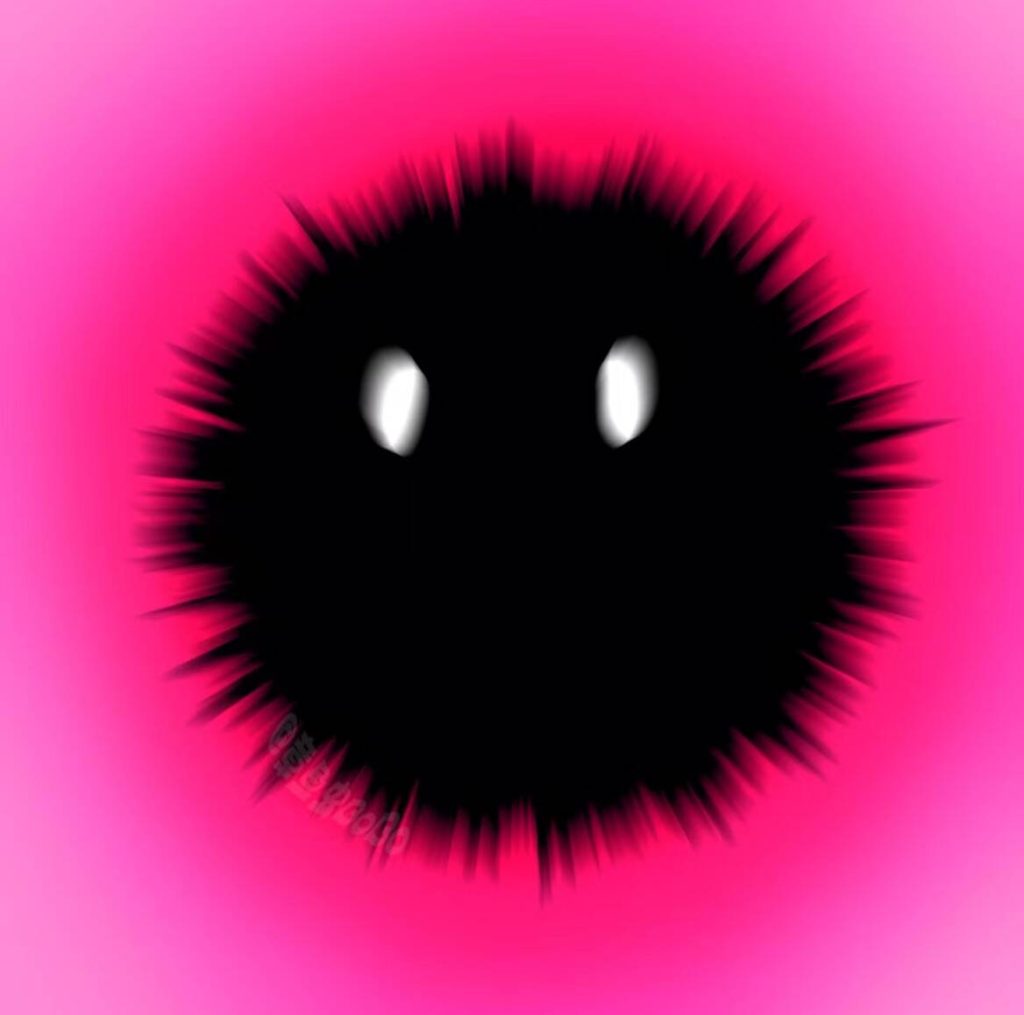In this class we talked about the concept of abstraction, the Futurists Surrealists, Tartarists, Cubists, all left their own innovations in the form, language and conceptual approach to film.
Nigel left us with many links and documentation of experimental film.
A short film that fits the definition of experimental is Witness. From a classification point of view, this film could be considered an experimental animated short. It may relate to art animation in terms of genre, with an emphasis on emotional expression and viewer interaction with the story.
In terms of form and function, this film is presented in a non-traditional narrative form, constructing the plot by repeating scenes in such a way that the viewer is plunged into a cyclical experience. Through this form, the artist attempts to convey themes about time, fate and cycles. At the same time, the audience’s participation is emphasised in the work, as they need to observe the nuances in the cycle to reveal the truth of the story.
In terms of process, the film employs special animation techniques and styles, such as scene design in the form of a Möbius loop. These techniques not only provide a unique visual experience, but also reinforce the work’s themes of endless loops and time. The artist’s goal seems to be to challenge traditional animation narratives and convey deeper philosophical and emotional messages through experimental techniques.
Overall, Witness, through its experimental format, deep themes and technical innovations, engages the viewer in an animated experience that transcends the traditional while watching the film.
Before I begin, I clearly define the thematic area of film that interests me as narrative studies of circular cinema. This subject matter was so evocative to me in the films and television series I had previously viewed that I decided to research it, so the theme was defined in such a way that it helped me to narrow down my search and make it easier to find literature relevant to my research objectives.
Since I had majored in graphic design prior to this, I had read fewer papers in animation, so I first set out to read papers in the direction of either film or animation.
Keywords: cyclical cinema, narrative structure, modern cinema, narrative style, experimental cinema




